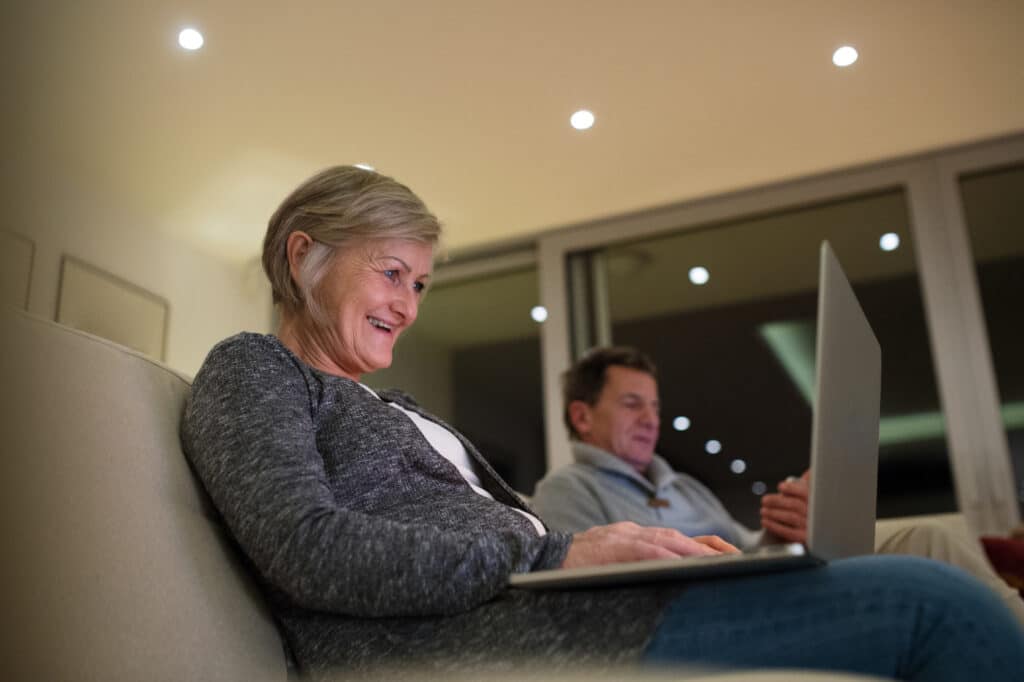Connected Aging

Aging adults want to stay safely in their homes longer. Accessible monitoring, control and alert solutions powered by Z-Wave are making that possible, providing assistance to the wellness and convenience for seniors and their caregivers.
Z-Wave based connected devices, which for example can automatically light the way down a hall at night or ensure a thermostat is always set appropriately allow a new realm of security, convenience and social features that empowers independent and secure aging in place. Perhaps more importantly, they bring family caregivers new abilities to stay intimately connected, even when they can’t physically be there, creating the most mutually secure and comfortable environment possible for independent aging
